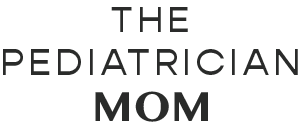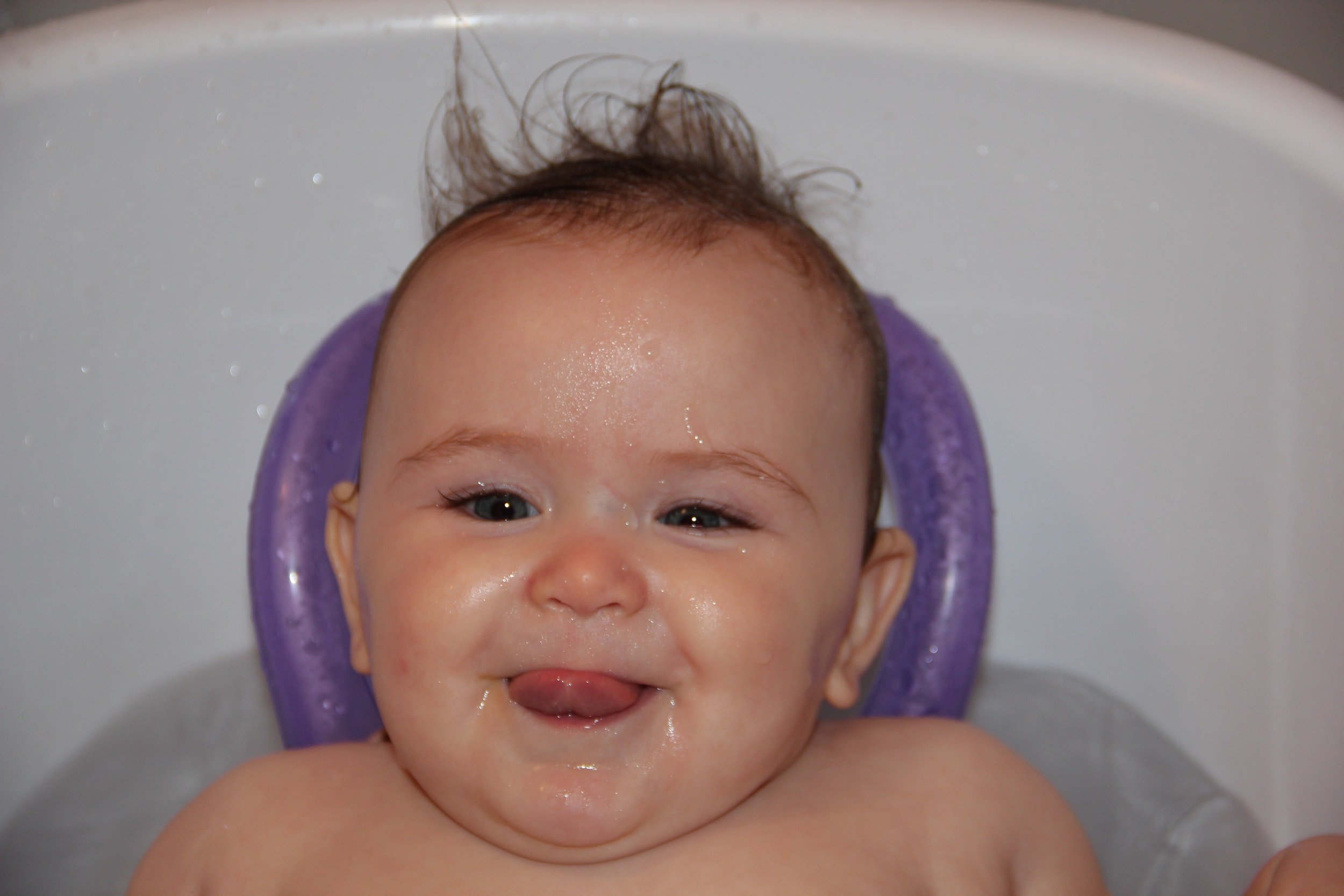Talking to kids about tragedy: 5 tips
As a physician who has had to have tough and emotional conversations, sitting down is one of the most helpful tricks in my arsenal. It allows you to be at eye level, to provide context that this is an important topic that needs attention, and to signal that you have both the space and the time for your child’s questions and reactions.
Got water in baby’s ears? Its ok!
Never use a Q tip in a baby’s ear to dry or clean it. It can risk perforating the ear drum, or even push ear wax further back.
Poison Ivy: an overview
Rhus dermatitis is the name given to the allergic reaction triggered by plants such as poison ivy, oak, and sumac. In about 80 percent of people, an exposure to plants will cause an intensely itchy rash - and we see it more in the summertime, when we’re all spending more time outdoors.
Caring for baby’s umbilical cord
The umbilical cord is an essential lifeline while a fetus is in utero because it serves as the connection with mom’s circulation. But once a baby is born, the cord is clamped and cut. It typically dries, shrivels and falls off within 1-3 weeks after birth.
Does my child have an ear infection?
In general, because the symptoms of ear infections are so non-specific and infants and toddlers cannot tell you their ear hurts, the only way to know definitively is to have the ear examined.
Ear infections 101
About 25 percent of infants have at least one ear infection in the first year of life. They are painful, and they are frustrating.
Managing ADHD in your child
Part of the fear of treatment stems from the fact that people think that medications are the only effective treatment for ADHD. This is not true! Although many of the medications can be tremendously effective, there are many evidence-based behavioral modifications and interventions that can be impactful as well, especially for younger children.
What is ADHD?
ADHD affects almost 10% of U.S. children under age 17. ADHD is a condition that interferes with your child’s ability to focus and learn, eventually potentially affecting school success and self-esteem.
Fave products (sun protection)
What products should you have to make sure your child stays safe in the sun? Here are my top tips on everything from sunscreen to UPF clothing to hats!
Sun safety: 5 things to know
Apply the sunscreen 20-30 minutes before you go outside, and then make sure to re-apply after 2 hours, or after your child has been in the water. Using a make-up applicator brush or sponge makes applying sunscreen much easier and less-messy.
Transitioning Milk: a how-to guide
We recommend only breastmilk or formula before the age of 1 because these are the most nutritionally dense options. But after a year of age, our goal is for our toddlers to get the majority of their nutrition from solid food.
Alternatives to cow’s milk
Cow’s milk is a good source of fat and protein, but those are relatively easy to make up with other foods. The calcium and vitamin D, on the other hand, may require more thought.
Cow’s milk: is it really good for a growing child?
Many children transition to cow’s milk around a year of age. Cow’s milk provides a number of essential nutrients, which are important for healthy bones and teeth, immunity, brain development and growth. Like most things, moderation is key. Too much cow’s milk can also lead to health issues.
Are visitors ok when you have a newborn?
Newborns hide infection really well, and as a general rule, pediatricians recommend avoiding too much exposure in the first few months of life.
Tips for Baby’s first pediatrician appointment
Lots of parents are nervous the first time they bring their newborn to the pediatrician. It is a huge step! Here are some pro-tips from a pediatrician mom to make it as smooth as possible for everyone.















